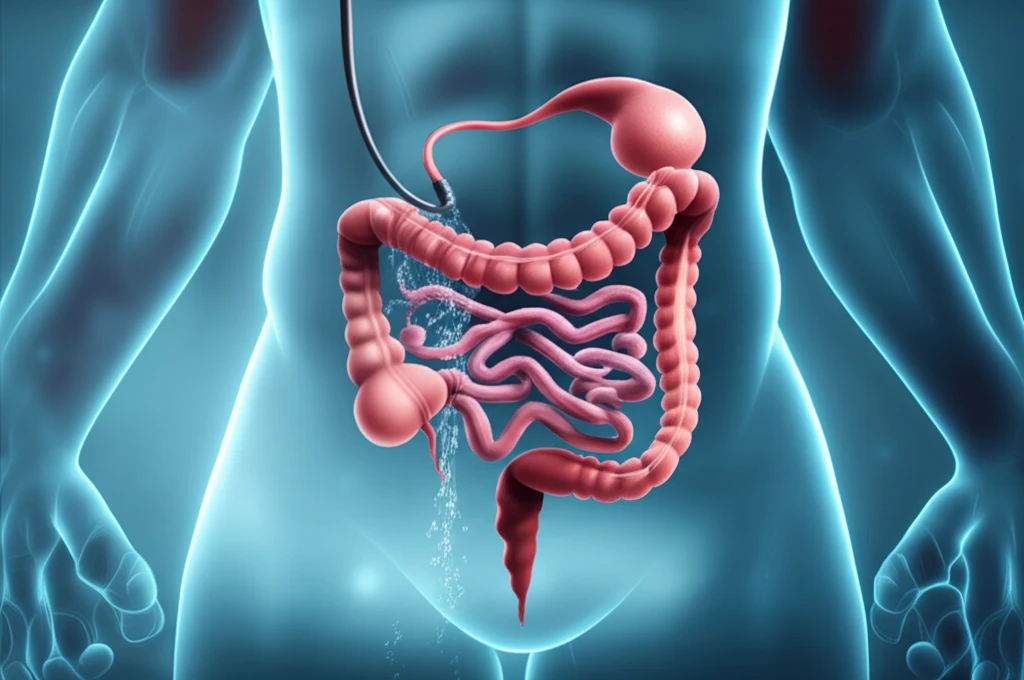
Unsedated Colonoscopy: Is Water Exchange the Key to Pain-Free Screening?
"Explore how water exchange colonoscopy offers a less painful, potentially more effective alternative to traditional methods, and why it might be the future of colorectal cancer screening."
Colon cancer screening is a critical part of preventative healthcare, but the discomfort associated with traditional colonoscopies often deters many from undergoing this life-saving procedure. Monitored anesthesia care (MAC) has become increasingly common to alleviate pain during colonoscopies, but this approach raises concerns about cost and accessibility.
In response to these challenges, water exchange colonoscopy has emerged as a promising alternative. This technique, which uses water instead of air to distend the colon, minimizes patient discomfort and may even improve the detection of precancerous polyps. As healthcare providers and patients seek more comfortable and cost-effective screening options, water exchange colonoscopy is gaining traction as a viable solution.
Recent discussions in medical journals, including a study published in JAMA Internal Medicine, have highlighted the potential of water exchange colonoscopy to reduce the reliance on monitored anesthesia care. While some experts question the generalizability and patient acceptance of unsedated colonoscopy, the growing body of evidence suggests that this method could revolutionize colorectal cancer screening.
The Water Exchange Advantage: Less Pain, Better Detection

The primary advantage of water exchange colonoscopy is its ability to minimize pain and discomfort during the procedure. Traditional colonoscopies use air insufflation to expand the colon, which can cause cramping and pain. Water exchange, on the other hand, uses water to gently distend the colon, reducing pressure and discomfort. A randomized clinical trial demonstrated that water exchange resulted in significantly lower pain scores compared to air insufflation.
- Reduced Pain: Water exchange minimizes discomfort during the procedure.
- Improved Detection: Studies show a higher adenoma detection rate.
- Cost-Effective: Reduces the need for monitored anesthesia care.
- Faster Recovery: Allows patients to return to work the same day.
The Future of Colonoscopy: A Shift Towards Patient-Centered Screening
Water exchange colonoscopy represents a significant step forward in making colon cancer screening more patient-centered. By minimizing pain and improving detection rates, this technique has the potential to increase screening rates and ultimately reduce the burden of colorectal cancer. As healthcare providers, policymakers, and patients continue to explore ways to improve the screening process, water exchange colonoscopy is likely to play an increasingly important role in the fight against this deadly disease.
